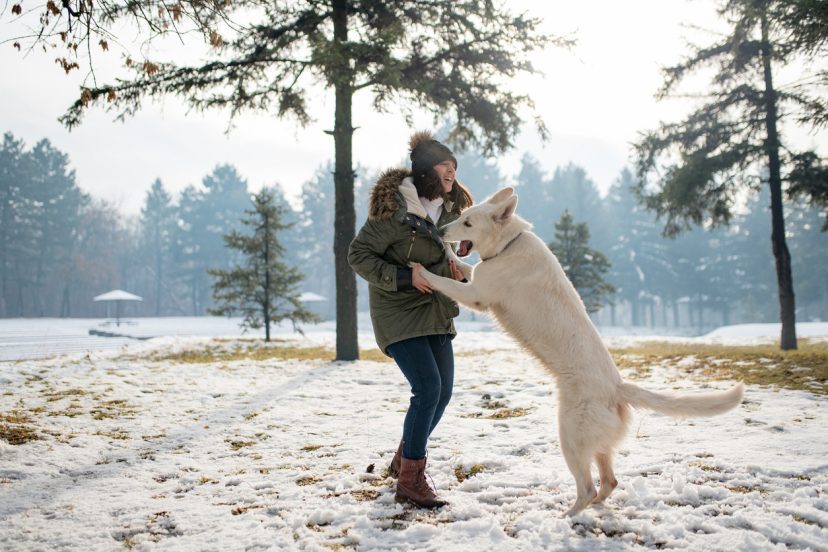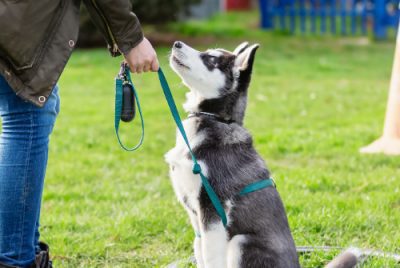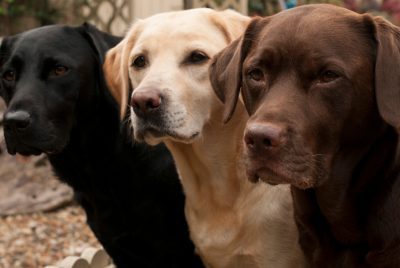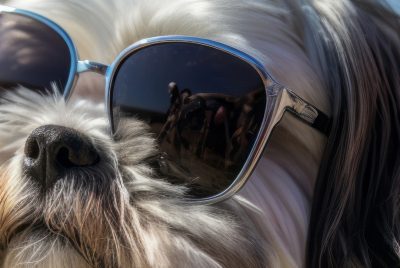Stop My Dog from Jumping on People: Proven Techniques
Post Disclaimer
We may earn a commission for purchases made using our links. Please see our Disclaimer to learn more.
Learning to Prevent My Dog from Jumping, on People
We absolutely love our companions. Dealing with a dog that constantly jumps can be quite frustrating and even pose certain risks. Have you ever wondered why dogs tend to jump on people? In this article we delve into the psychology behind this behavior and its impact. We will also share techniques for curbing jumping such, as ignoring the behavior or teaching greetings. Moreover, we’ll provide guidance on how to handle any setbacks you may encounter during training. By reading this piece you’ll gain insights into preventing your dog from jumping on people!
Understanding Why Dogs Jump
Dogs jump to seek attention and show excitement. This behavior is a challenge for owners. To stop it, understanding the reasons behind dog jumping is crucial.
The Psychology Behind the Jumping
Understanding why dogs jump can teach us about their instincts and how they communicate. Dogs jump to greet and get attention, especially if they are happy. It is important to know this when training dogs because it affects how they interact with people and how satisfied their owners are.
The Role of Excitement and Affection
Dogs jump on people to show their excitement and affection. It’s important to understand this behavior when training them not to do it. Training should redirect their energy into other ways of greeting, while still allowing them to be affectionate.
The Impact of Jumping on People
Jumping dogs can be dangerous, especially around kids and seniors. Educate guests about appropriate greetings to manage this. It ensures safer and pleasant interactions. Jumping impact on people is essential to understand when addressing dog behavior. With the right approach, jumping behavior can be managed effectively.
Interactions with Children and Elderly
Jumping can scare small kids and make old people uneasy. It’s important to have effective training methods to manage jumping around them. Proper training ensures safe interactions with family members and makes owning a pet enjoyable.
The Issue with Guests and Strangers
Unwanted jumping causes discomfort for guests and strangers. Consistent training sets boundaries to prevent jumping during walk-ins. Training dogs to sit instead of jumping offers an effective way to greet guests. Educating guests about appropriate greetings helps manage jumping behavior. Effective training methods prevent jumping around guests and strangers. Good news is, with right techniques, jumping can be managed effectively.
Techniques to Prevent Your Dog from Jumping
To discourage jumping, use positive reinforcement. Use clear and consistent commands like “sit”. Ignore the jumping behavior to help your dog break this habit. Reward your dog with treats or praise for good behavior to promote a positive training experience.
Ignoring the Jumping Behavior
When your dog jumps, ignoring the behavior teaches them that negative attention is not rewarding. This approach, combined with positive reinforcement for good behavior, encourages dogs to learn appropriate greetings. Consistency is key; ignoring jumping behavior should be consistently followed by positive reinforcement when your dog greets people appropriately. By doing this, you are effectively communicating what behavior is desirable and rewarding. Over time, your dog will associate jumping with a lack of attention and appropriate greetings with positive attention, leading to a change in their behavior. Remember, patience and consistency are essential in any training method and are particularly effective in addressing unwanted jumping.
Consistent and Clear Commands
To train your dog, use consistent commands like “sit” to prevent jumping. Consistent training leads to obedience and good behavior. Use positive reinforcement with your commands to stop the jumping behavior. With enough practice, your dog will quickly learn the commands and stop jumping.
Reward-based Training
Reward-based training can help to reduce jumping in dogs. Positive reinforcement with kibble or goodies is effective. Consistency and patience are crucial for good results. Positive reinforcement combined with consistency gives the basis for a successful approach to discourage jumping behavior.
Teaching Alternative Greetings
It’s important to teach dogs good behavior. Use treats or praise to encourage alternative greetings during training. Be consistent with family and friends by encouraging the same behavior. To stop jumping, use distractions and positive reinforcement. This approach will improve dog behavior and make training more fun.
Training Your Dog to Sit for Greetings
Training your dog to sit when greeting people is an aspect of their behavior. To achieve this you can utilize treats, as a reinforcement method to encourage behavior and ensure they grasp this skill effectively. Additionally, it’s important to take into account your dogs personality during the training process. By doing you can cater to their needs and make the learning experience more enjoyable, for them. Teaching your friend to sit not prevents them from jumping on guests but also enables them to greet visitors in a polite manner effortlessly. The best part? The entire process is simple and delightful!
The Power of the “Four on the Floor” Rule
Implementing the “four on the floor” rule encourages good behavior from your dog. You can discourage jumping behavior by redirecting and reinforcing appropriate greetings. Training your dog to sit during greetings is a great alternative. This ensures polite and well-mannered interactions with others.
Involving Others in the Training Process
Involving others in your dog’s training is important. It helps to maintain consistency and strengthens learning. Teach family and friends how to interact with your dog properly. Educate them on how to reward good behavior and use positive reinforcement techniques. Make sure everyone greets your dog the same way during walks. This approach creates an environment that supports effective dog training.
Guiding Family Members and Friends
Encourage people around you to help train your dog. Show them how to greet the dog right and use positive feedback when it behaves well. Involve them in training sessions and encourage them to use positive attention to reinforce good greetings. Consistency is important.
Professional Assistance – When to Seek It?
Wondering when it’s the time to seek assistance, for your dogs jumping behavior? If all your efforts to curb the jumping haven’t been successful it might be an idea to consider reaching out to a dog trainer. These professionals can provide expert guidance. Assist you in training your friend. Don’t hesitate to speak with a professional if you’re finding it challenging to manage your dogs jumping habits.
Coping with Setbacks in Training
Training your dog requires patience and persistence. If you face setbacks, re-evaluate your strategy and address behavioral issues with consistency and positive reinforcement. Use temperament-specific approaches and seek expert advice to navigate through challenges. Remember, setbacks are normal in training, but with the right approach and guidance, you can overcome them successfully.
The Role of Patience and Persistence
To get good training results, it’s important to be patient and consistent. Rewarding good behavior consistently leads to great results. When your dog jumps inappropriately, using distractions can help refocus their attention. It takes time to train dogs based on their unique personalities. For best results that stick around, it’s important to practice obedience training with patience and positivity.
Re-evaluating Your Training Strategy
After navigating through setbacks with expert advice and consistency, it’s time to re-evaluate your training strategy. Take a step back and assess the effectiveness of your current approach. Modify your training strategies to specifically address jumping behavior, ensuring that they are tailored to your dog’s temperament. Revisit the impact of positive reinforcement on your dog’s behavior and make adjustments as needed. Consistency and positive reinforcement are key in this phase of re-evaluating your training. It’s all about finding the most effective way to guide your exuberant dog towards appropriate greetings and good behavior, especially when strangers walk through the front door. Remember, implementing temperament-specific training methods and seeking expert advice can work wonders in addressing behavioral issues.
Is Your Training Approach Making an Impact?
Evaluate the effectiveness of your training by consistently using positive reinforcement. Keep track of the progress in reducing jumping behavior and assess if temperament-specific approaches are making a difference. Use obedience training methods to gauge behavioral improvements and re-evaluate your strategy for maximum impact.
Conclusion
To sum up, dogs jump naturally for different reasons. Address this to keep everyone safe and comfortable. Teach your dog other ways to greet people by ignoring the jumping, giving clear commands, and using rewards. Involve friends and family in the training. Get professional help if needed. Stay patient and persistent, adjusting your plan as necessary. With dedication and humor, you can stop your dog from jumping on people.







